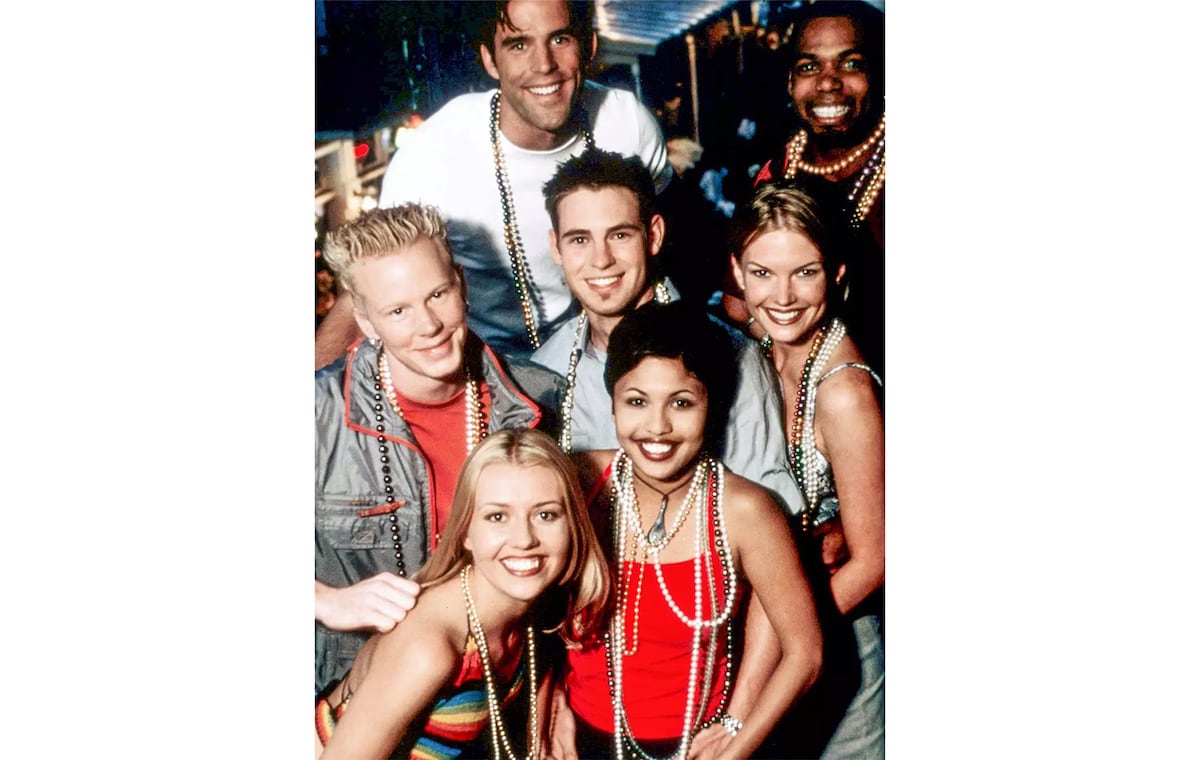Utah State’s Fall camp is in full swing as the Aggies prepare for the 2025 season with their season opener against UTEP less than a month out. There are still some questions about the depth chart, …
Utah State’s Fall camp is in full swing as the Aggies prepare for the 2025 season with their season opener against UTEP less than a month out. There are still some questions about the depth chart, especially at receiver and at offensive line, but there are other position groups where the starters are clearer. So, who are the predicted starters and who are the backups that could make a difference and potentially see the field? Let’s get into it!
This article in the series will cover the quarterback and running back room.
Advertisement
Quarterbacks

Starter: Bryson Barnes (Senior): Bryson Barnes is one of Utah State’s more experienced players. Last season as a junior, Barnes played in nine games and made three starts. He accounted for 1,386 total yards and passed for 856 yards (77-126; 61.1%) and 12 touchdowns to six interceptions. Barnes also rushed for 530 yards on 68 carries and scored five touchdowns on the ground. Before transferring to Utah State, Bryson Barnes played for Utah and played in 24 career games with 11 starts. At Utah, Barnes completed 181 of his 301 attempted passes (60.1%), and passed for 2,025 yards and 17 touchdowns to 13 interceptions. On the ground, Barnes rushed for 391 yards and three touchdowns on 111 carries. Bryson Barnes helped lead Utah to back-to-back Pac-12 titles and consecutive Rose Bowl appearances. His ability to throw the ball and run makes him an extremely important player to the success that Utah State’s offense can have.

Backup #1: Anthony Garcia (Sophomore): Anthony Garcia comes in from Arizona and also played at San Jose State in 2023. At Arizona, Garcia played in one game against Arizona State, where he rushed for one yard. Anthony Garcia had a very successful high school career and has shown the ability to fit into this new system and make plays. Anthony Garcia prepped at Capital Christian High School in California, and as a senior, Garcia threw for 2,689 yards and 34 touchdowns to four interceptions, completing 146 of his 250 pass attempts (58.4%). Garcia also rushed for 553 yards and scored eight rushing touchdowns as a senior. Anthony Garcia, a three-star recruit per 247Sports, fits the system well for the Aggies as a passer and a runner; he just needs to build on experience.

Backup #2: Jacob Conover (Graduate Student): Jacob Conover has played in 10 career games for BYU (2020-2022), Arizona State (2023), and Utah State (2024), and over his 10 games, Conover has completed 18 of his 52 passes (34.6%) for 197 yards and three interceptions. Conover was 2-4 for 24 yards passing least season and has yet to throw a touchdown pass in his career. Jacob Conover was a four-star recruit coming out of high school at Chandler (Arizona) High School. During his senior year, Conover threw for 3,306 yards and 38 touchdowns. In his time with Chandler (Arizona) High School, Jacob Conover threw for over 10,000 yards and 102 touchdowns as he worked towards becoming the 10th-best pro-style quarterback in the nation (247Sports).

Backup #3: CJ Tiller (Sophomore): CJ Tiller is in this position right now, but could very likely take over the second-string role because he does have experience at the college level. He did not appear in any games in 2024. Before coming to the Aggies, Tiller played for Boise State and appeared in two games. His first career start was in the LA Bowl against UCLA, and Tiller completed 12 of his 21 passes for 117 yards and an interception.
Advertisement
Running Backs

Starter: Javen Jacobs (Junior): Javen Jacobs has now played for three schools in Arizona State, New Mexico, and Utah State. At New Mexico for the 2024 season, Jacobs appeared in seven games and rushed for 277 yards (40 carries) and three touchdowns. Jacobs also caught 17 passes for 130 yards and a touchdown during the 2024 season. At Arizona State (2022-2023), Javen Jacobs appeared in 15 games and gained eight yards on three carries, and returned nine punts and six kickoffs. Out of high school, Javen Jacobs was a three-star prospect and was ranked as the #1 athlete in Arizona and #24 overall prospect in Arizona (247Sports).

Backup #1: Miles Davis (Senior): Miles Davis spent five seasons at BYU from 2020-2024 and appeared in 27 games with one start. Over his career with the Cougars, Miles Davis rushed for 468 yards on 90 carries and two touchdowns, catching 16 passes for 131 yards and one touchdown. In high school, Davis was a three-star recruit out of Las Vegas High School and had 46 receptions for 1.041 yards and caught 11 touchdowns.

Backup #2: Derrick Jameson (Junior): During his sophomore year with the Aggies, Derrick Jameson appeared in four games, finishing 2024 with 15 carries for 140 yards and two touchdowns. Against Washington State, Jameson scored on a 72-yard touchdown on his first-ever carry. Before coming to Utah State, Derrick Jameson spent two seasons at Iowa Central Community College from 2022-2023.
Advertisement
Backup #3: Tre Kofe (Redshirt freshman): Tre Kofe redshirted the 2024 season, coming out of Corner Canyon High School in Utah. During his senior year, he had 781 yards of total offense, which included 369 rushing yards and seven touchdowns on 75 carries, and 142 receiving yards and three touchdowns on 10 catches. After a productive high school career, Kofe went on a two-year LDS mission before arriving at Utah State.
Coming up next in the series: Receivers
Source: Utah News







